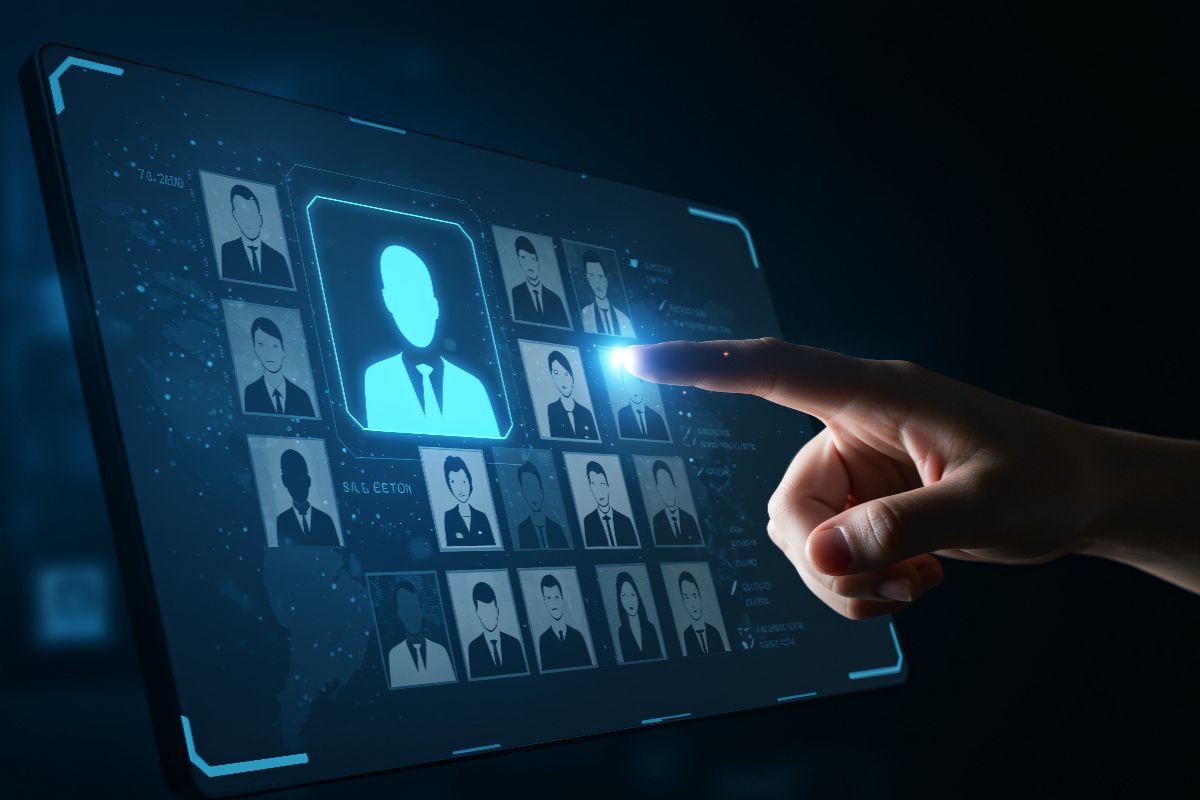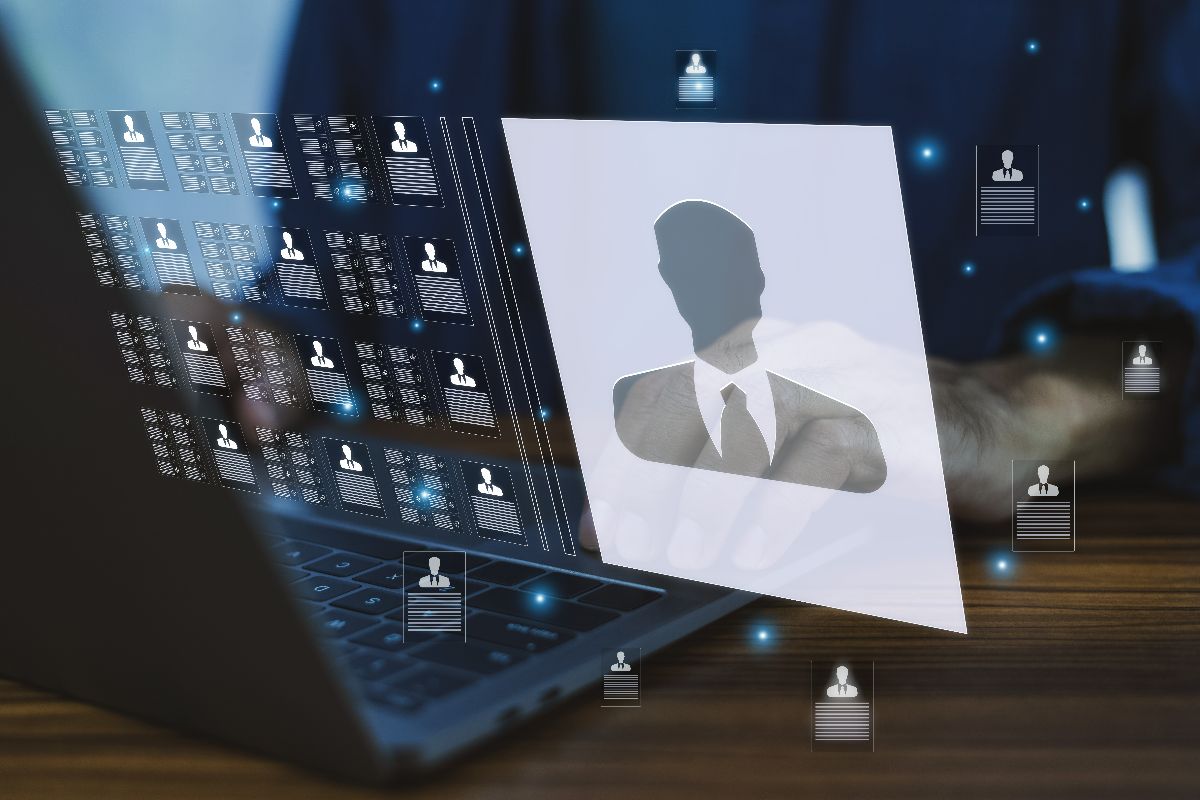What are the core features of an effective HRIS?
- Payroll processing
- Centralized employee data management
- Time and attendance tracking
- Employee self-service portal
- Compliance and document management
Overview
- An HRIS in the Philippines unifies HR operations so you move from manual tasks to accurate, on-time processes.
- Key features include payroll automation, time and attendance, centralized employee records, employee self-service, and compliance and document control in one platform.
- With these in place, you streamline HR, strengthen data accuracy and compliance, and give employees a smoother day-to-day experience.
As your company grows, HR tasks that once felt manageable can start pulling you away from leading your business. Payroll deadlines, scattered employee files, and manual tracking eat into the time you could spend on strategy. Worse, delays and errors can hurt compliance, damage trust, and slow down your team.
A Human Resource Information System (HRIS) in the Philippines brings everything together in one secure platform. It integrates payroll, employee records, timekeeping, and compliance so you can cut through administrative noise and make faster, more confident decisions.
In this guide, we’ll break down the core features of an effective HRIS and show how each one addresses an immediate HR challenge and sets the stage for a more engaged, efficient, and compliant workforce.
Payroll Processing
Handling payroll is a complex process of varying pay structures, shifting tax rules, and mandatory SSS, Pag-IBIG, and PhilHealth contributions. When you’re juggling these by hand or in spreadsheets, mistakes are likely to be expensive.
An HRIS with built-in payroll automation takes that pressure off your plate. Salary computations, deductions, bonuses, and even statutory reports can run in the background, ensuring every pay run is accurate, compliant, and on schedule. No more frantic last-minute filings or awkward conversations about incorrect pay.
With payroll running smoothly, you eliminate one of the biggest sources of HR stress, free your team to focus on people instead of paperwork, and create a dependable foundation for the rest of your HR operations.
Centralized Employee Data Management

When employee information lives across multiple spreadsheets, email threads, and filing cabinets, even a simple data request can feel like a scavenger hunt. This fragmented approach slows you down, increases the chance of errors, and puts sensitive data at risk.
A centralized employee database changes that. Personal details, job history, salary information, and performance records all live in one secure, searchable hub—ready for audits, performance reviews, or decision-making in seconds. You can trust the data you’re looking at, and you know exactly where to find it.
Having every record in one place doesn’t just make your work faster. It makes the next step in HR management, accurate timekeeping, far easier to achieve.
Time and Attendance Tracking
Precise time tracking is critical for shift-based businesses or teams with flexible schedules. A single missed clock-in or unrecorded overtime can snowball into payroll disputes, compliance issues, and unhappy employees.
With biometric integrations or mobile app tracking, you can see clock-ins, clock-outs, overtime, and leave requests in real time. Automated records make payroll more accurate, reduce disputes, and give you a clear view of attendance patterns that might signal bigger productivity or morale concerns.
When employees see that time is tracked and paired with self-service tools, it strengthens trust and gives them more control over managing their schedules and leave balances.
Employee Self-service Portal

If every payslip request, leave application, or address update runs through HR, the bottlenecks pile up fast. Employees get frustrated waiting for answers, and your HR team spends more time answering emails than driving initiatives.
A self-service portal shifts that dynamic. Employees can log in anytime to download payslips, update personal information, request leave, and review benefits. They get instant access, you reduce your team’s admin load, and information stays more accurate because employees can update it directly.
This boosts engagement and satisfaction, while keeping records current, which makes compliance reporting and audits much smoother.
Compliance and Document Management
Labor laws, tax rules, and reporting requirements change often. Missing a deadline or losing a contract can cause serious setbacks. For instance, failing to update withholding tax rates on time could lead to penalties from the Bureau of Internal Revenue (BIR) and strained employee trust due to incorrect payslips.
HRIS compliance tools monitor regulatory changes, generate accurate DOLE and BIR reports, and store every contract, certification, and personnel file in a secure, searchable library. E-signatures speed up approvals and reduce your reliance on physical paperwork that can get lost or delayed.
With compliance running quietly in the background, you minimize legal risk, keep your business audit-ready at all times, and give your HR team the bandwidth to focus on strategic growth instead of firefighting problems.
How to Match HRIS Capabilities to Your HR Needs
Once you understand the core features of an effective HRIS, the next step is matching those capabilities to your business needs. Start by assessing your workforce size, complexity, and the HR processes that would benefit most from automation—payroll, attendance, benefits, or performance tracking. Consider tools that give your employees self-service access, while ensuring compliance with Philippine labor laws.
At Richtek Solutions, we built the Omniwys HRIS module to meet these exact needs. Our platform combines payroll automation, centralized employee data, attendance tracking, compliance tools, and self-service portals—all designed for local compliance and user experience.
By leveraging this system, you can reduce manual work, improve data accuracy, and empower your employees to manage their HR tasks with ease.
Key Takeaway
With a more comprehensive look into these key features, you can ensure that your HR and business operations are designed to anticipate challenges before they arise. Investing in the right capabilities allows you to make strategic decisions with confidence, rather than reacting to errors or inefficiencies.
Equip your business with an HRIS that drives efficiency and growth. Richtek Solutions offers systems with core features designed to streamline employee management, enhance reporting, and support strategic HR decisions. Contact us today to learn more to schedule a demo.





